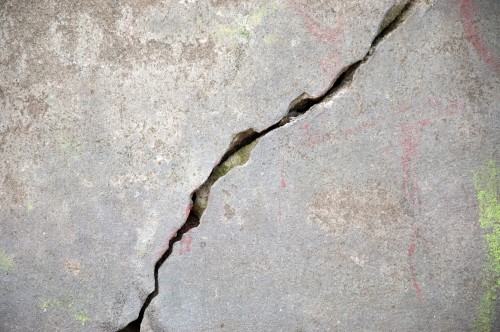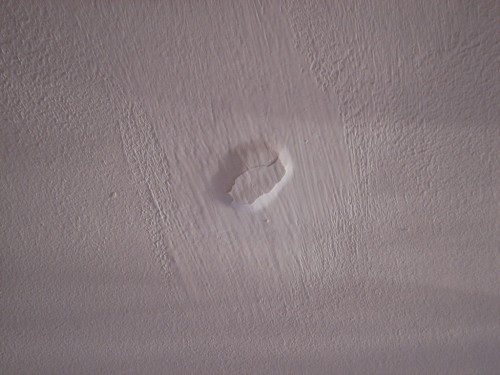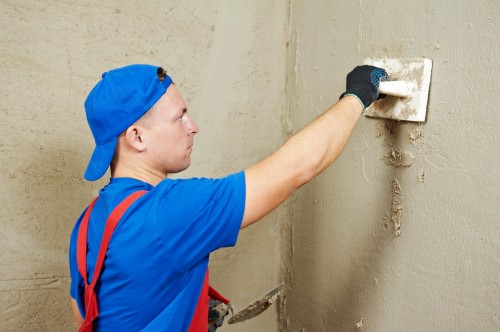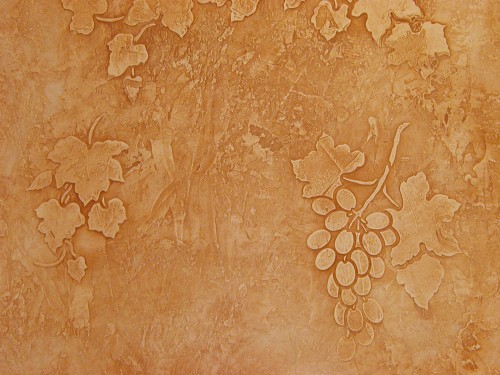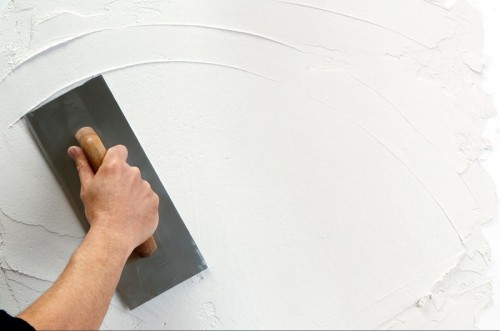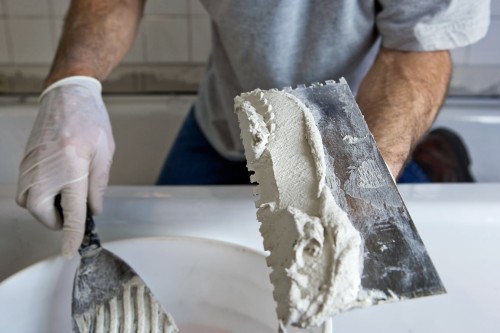
What to do if plaster leaves Walls
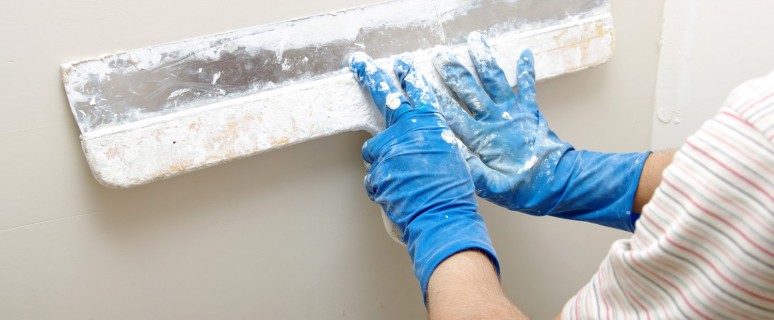
Beauty and accuracy of any interior depends on many aspects and a large role in the design of the room is played by the walls. It is known that over time, their appearance may suffer under the influence of various factors. In this article we will look at what to do if the plaster has deployed from the walls, as well as the causes of this phenomenon.
Content
Causes of Coverage Defects
All possible damage to plaster can be divided into 2 types: technological and operational. Below we will look at each of the categories.
Technological disadvantages
They may arise due to a violation of the technology of preparing the solution, as well as as a result of improper coating on the wall. These defects include the following:
- Big. One of the reasons that the plaster falls off, the wrong composition of the solution can be considered. If you use unbeatable lime to prepare a mixture containing outstanding particles, it can cause formation on the walls of small swollen tubercles. Through time, these voids lead to a damage of coating. In order to get rid of such a problem, the bubble formation zone must be cleaned of plaster and re-apply a better mixture.
- Cracks. This phenomenon occurs if you use insufficiently mixed or fatty solutions. Fatty compositions are those that include many binding. The appearance of cracks also contributes to the too fast drying of the surface of the walls. To avoid the occurrence of such defects, you need to closely monitor the ratio of all components in the cooked plaster, and in addition, it is very thorough mixing the mass before using it. If you handle the walls in hot weather, you should protect them from too fast drying. For this, the surface must be able to periodically moisten. In the case when the cracks still appeared, they can be rid of them by pedigree with a solution or a gypsum test. Very large gaps need to expand, clean, wet and close the plaster.
- It happens that the plaster leaves from the wall as a result of peeling. This problem may occur for two reasons: if the solution is applied to a too dry wall or another solution with a smaller strength. To get rid of such a defect, the area with a detached coating should be cleaned, well wet and re-covered with the composition. Remember that before the beginning of such work, it is necessary to carefully inspect the entire wall and determine which other places are flaps. During the preparation of mass and applying it to the wall, it is important to remember that the strength of the composition should vary in decreasing. That is, the first layer of the solution must be stronger than the next.
- Pumping. In contrast to penetration, this problem arises due to the application of plaster on an excessively moisturized surface. To eliminate this defect, the affected zone will have to be cleaned, dry the wall and cohes the wall.
Operational defects
Another reason why plaster falls off, damage arising due to aging coating. These defects include all the same cracks and peeling, only they do not immediately appear, but after a long time. To prevent the appearance of flaws or to eliminate them in time, you need to regularly inspect the coverage and make repairs if necessary.
Plaster renovation
So, you fell off the plaster, what to do in this case? The main way to combat such a problem is to carry out the repair, which begins with the removal of the old coating layer. In order to make a similar work, you will have to get a suitable sharp tool that can be scraped from the walls of the former solution. Remember that creating a specific area, you will also need to capture a small space around it. Let's consider the process of eliminating plaster defects in the form of a sequence of actions:
- For a start, the damaged place must be cleaned from the old plaster. This can be done with the help of a tapping, as a result of which the retaining coating simply seasures the wall.
- Of all the seams of the opened masonry, it is necessary to scroll the solution to a depth of at least 1.5 cm. After that, the processed zone is driving away from dust and moisturized with water.
- Then you should prepare a liquid cement mixture and cover it with it.
- When the ground layer will freeze, you need to make a lime solution. If you want your wall faster dry, add a little plaster test to the resulting composition in the following proportion: on 6 parts of the solution 1 part of the gypsum test.
- Cover the surface to be processed with the resulting composition and set the half-sash. The boundaries of the old and new coating are treated with adhesive paint and slide them.
- All joints should be thoroughly knew - so you will protect the wall from the appearance of a depression or bugs on it.
- At the end of the work done, you walk with a damp brush or sponge throughout the processed zone.
The repair of the corners is made as follows:
- First prepare a gypsum mixture.
- Clean the angle from the old plaster, scrape the seams and wet the surface with water.
- Then coated with a fresh solution one side of the angle and wait for the composition to freeze.
- After that, a wet board is applied to the surface, which should lie backward with the old layer of coating.
- The next step is moistened to the second side of the angle and just as shuffle.
- The boundaries between old and new solutions are watched.
Restoration of Venetian plaster
The process of repairing this type of coating will require a little longer and effort. This work consists of several stages:
- First of all, the damaged layer of plaster is removed from the wall and purify the surface.
- After that, a solution of PVA glue is prepared. On 1 part of the glue add 5 parts of the water and the mass is perfectly mixed up to a homogeneous state.
- The processed wall is covered with the resulting mixture, capturing areas around the damaged zone.
- Then the base layer is applied and waiting for it to dry.
- After the surface area is covered with the finish layer of plaster, performing a decorative function.
- The next stage of decorative coating is given the same texture as the rest of the wall has. For this use sponges and special spatulas. The work should be carried out in such a way that there were no boundaries between the old and the new facing.
- A few days later, when the renovated area is completely driving, it can be painted in the desired color.
Matching plaster
So that your stucco has served as long as possible without repair, it must be periodically updated. Any plastered surface with time begins to be covered by small cracks. While the case did not go too far, you can make the top layer of the top coating. This process is as follows:
- From the walls remove old wallpapers. If the paper is too firmly held on the surface, it is swollen and scrape by a suitable tool. The remains of the tire or wallpaper glue are also washed with warm water.
- Similarly, they come with paint, considering it from the wall with a spatula. It is necessary to work as a tool carefully, trying not to leave deep scratches on the coating, otherwise they will subsequently will have to lure the putty. If the paint is water-soluble, it can be simply washed away.
- The process of faults is carried out by zones. On the wall, it is distinguished by a plot of approximately 0.5 m² and a little moisturizes it.
- Then, using a special grater, the surface is covered with a thin layer of plaster. The distance between individual strokes should be about 10 cm.
- After that, the processed area thoroughly rub in the circular movements of the tool.
- If small defects remain on the wall, they are once again smeared with a small amount of solution.
Climbing cracks
If there are quite noticeable cracks on the wall surface, they are smeared separately. For this, the gaps are a little deepen and cut crumbling edges. After that, the defects close up with plaster. When she dries down, overlap the wall.
If the cracks are formed in places of joints of reinforced concrete floors, they are smeared with a solution based on fine sand. After that, the surface is thoroughly leveling and rubbed.
The process of applying plaster on the wall can be viewed in the next video:




